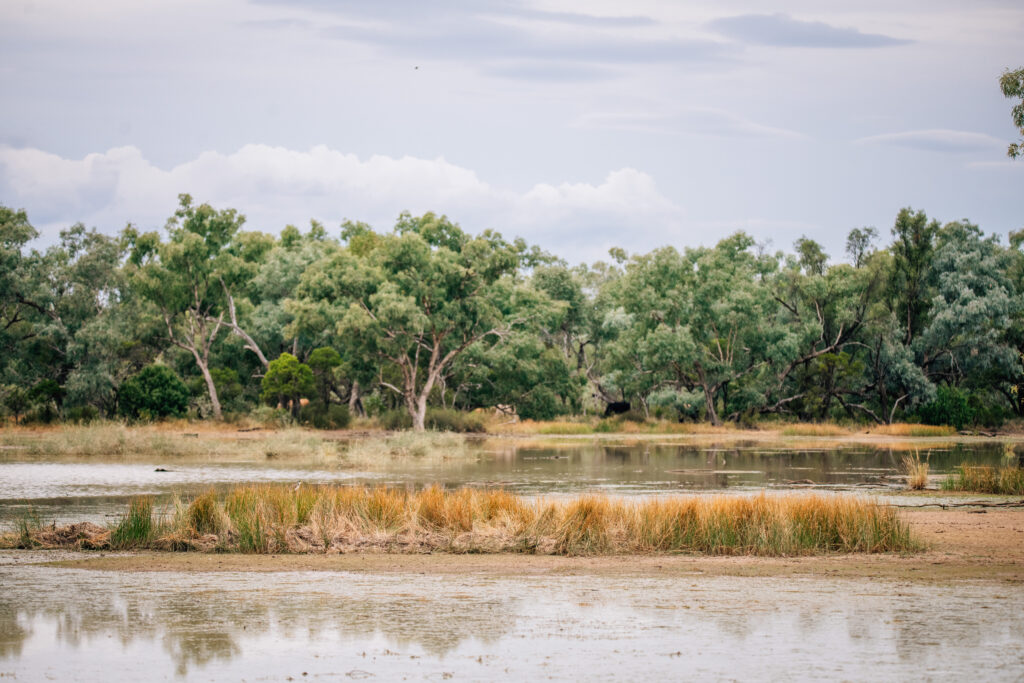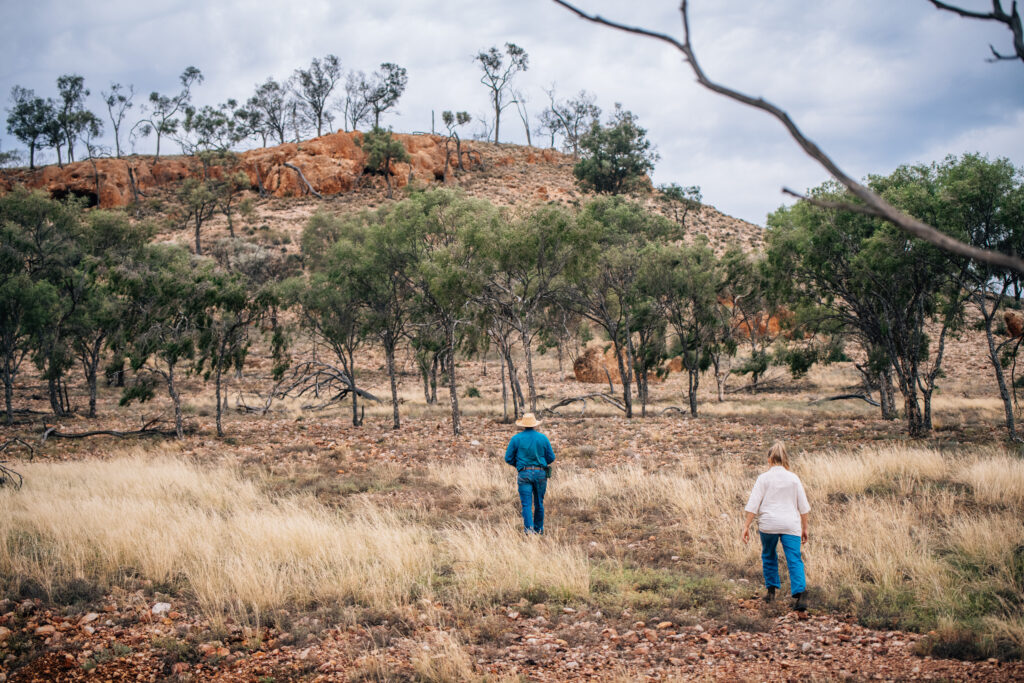TEM welcomes robust discussion on the integrity of carbon projects, the governance of carbon markets, and their role in supporting Australia’s transition to net zero. Recent articles published by Nine Entertainment print media have raised concerns about the integrity and regulation of the Human-Induced Regeneration (HIR) methodology under the government’s Australian Carbon Credit Unit scheme. While scrutiny is essential to ensuring credibility and alignment with constantly evolving global best practice, it is equally important to consider evidence from projects and the people involved on the ground. As a leading carbon market participant, TEM is committed to contributing to this conversation with transparency and evidence-based insights.
It is important to approach the debate thoughtfully, as sensationalising and inflaming the issues can undermine the significant economic, social, and environmental benefits that carbon projects provide to Australian communities.
HIR integrity and governance
All HIR carbon projects are subject to strict eligibility criteria to be registered and to issue Australian Carbon Credit Units (ACCUs) throughout their crediting period. This process begins with an initial audit of historical land management to establish an accurate and compliant baseline, followed by independent audits throughout the project. Projects must then also pass ‘regeneration checks’ every five years to verify vegetation growth is meeting growth targets as per methodology requirements. If growth targets are not met, ACCU issuance for these areas are paused until compliance is demonstrated. The amount of carbon credits issued therefore reflects the realities of regeneration on the ground (as opposed to what has been modelled before implementation).
TEM conducts on-ground and remotely sensed monitoring every six months (above the required frequency) to ensure our owned and managed projects are positively progressing and issues are addressed promptly, remain method-compliant and achieve key land management outcomes, such as grazing and fire management. All projects undergo detailed permanence planning, including ongoing bushfire management, to safeguard long-term carbon storage.
As expressed in the Carbon Market Institute’s response to these articles, the industry and project methodologies are regulated under the Carbon Credits (Carbon Farming Initiative) Act 2011 administered by the Clean Energy Regulator (CER). ACCU’s are issued under methods approved by the Minister of which were strengthened following the independent review of the ACCU framework by Professor Ian Chubb in 2023.
More broadly, the Australian voluntary carbon market has been evolving and maturing since establishment in 2011, and we believe transparency is key for both impact and accountability.
HIR projects made up approximately 36% of ACCU issuances in 2024 (CER FY24) with the remaining comprising of project types such as, Environmental Planting and Savanna Fire Management, which injects millions of dollars into Indigenous communities across Australia. For example, Indigenous-run fire management projects alone cover 18 million hectares, mitigate 1.2 million tonnes of carbon, and generate approximately $59 million annually for First Nations communities, proving the immense value of carbon finance across rural Australia.
TEM’s approach to HIR
All TEM projects undergo extensive due diligence, including audits of historical land management, ensuring integrity, permanence, and measurable carbon abatement. We continuously strengthen and improve our due diligence process with enhanced risk profiling for land acquisitions and procured projects.
“To provide clarity to our customers and stakeholders, we do not convert farmers’ land into carbon projects and operate a different business model. TEM’s sourced and managed projects across NSW and South-West Queensland (respectively) are owned by TEM or investors who engage with TEM as a service provider.” explains Michaela Morris, CEO, TEM.
While TEM’s approach differs, we recognise that other business models also deliver meaningful and integer outcomes. In the recent study into the “Impacts of Carbon Farming in South-West Queensland Communities” published in December 2024, briefly cited in the said articles, it was found that carbon farmers exhibit high levels of financial optimism, with 100% expressing confidence in their financial future, compared to 81% of non-carbon farmers.
“We also lease land to local agistees, such as cattle owners, and stay in frequent contact with them to ensure they are supported, and the land is appropriately managed. This approach means land can continue to be used for agricultural purposes and ensures carbon outcomes aren’t achieved at the expense of the economic and social fabric of the community.” Morris explained.
TEM is committed to transparency and is a signatory of the Australian Carbon Industry Code of Conduct and adheres to all code requirements in our operations and carbon project management, including a strong focus on stakeholder engagement and transparency. We employ local land managers who have in-depth knowledge of the area, ensuring continued employment and community engagement, with all materials and services required for our projects also sourced from local businesses, supporting the local economy.
Climate Active program reforms
Additionally, a spotlight has been placed on the Climate Active program, of which TEM is monitoring closely. In late 2023, we submitted our response to the Climate Active proposed changes supporting the overall strengthened ambition and integrity focus of their proposal. Since then, TEM and many of its customers have been seeking clarity – a sentiment widely shared across the industry – and are keenly anticipating updates and improvements to the program.
TEM understands the uncertainty surrounding the program’s reforms may prompt businesses to reconsider their participation, with some exploring alternatives like the Science-Based Targets initiative (SBTi). Despite some departures from Climate Active, many of these organisations continue to incorporate carbon credits into their climate strategies, choosing to align with other best practices like the ICVCM Core Carbon Principles and SBTi.
TEM remains a strong advocate for a holistic approach to high ambition in climate action, where businesses focus on direct emissions reductions in line with sectoral science-based pathways, and use carbon markets as a tool to address unavoidable emissions as a means of corporate climate finance akin to country commitments under the Paris Agreement or best practice guidance by the SBTi. We will continue to monitor developments in Climate Active participation and reforms.
If you would like to discuss any of these topics in more detail, contact us.




Photos taken on TEM-managed property in South-West Queensland.
Important information
This information has been prepared by Tasman Environmental Markets Australia Pty Ltd (TEM), a corporate authorised representative (ABN 97 659 245 011, CAR 001297708) of TEM Financial Services Pty Limited (ABN 58 142 268 479, AFSL 430036). This material is for general information only and is not intended to provide you with financial advice or take into account your objectives, financial situation, or needs. While we believe that the material is correct, no warranty of accuracy, reliability, or completeness is given, except for liability under statute which can’t be excluded. Before making an investment decision, you should first consider if the information is appropriate for your circumstances and seek professional financial advice. Please note past performance is not a guarantee of future performance.